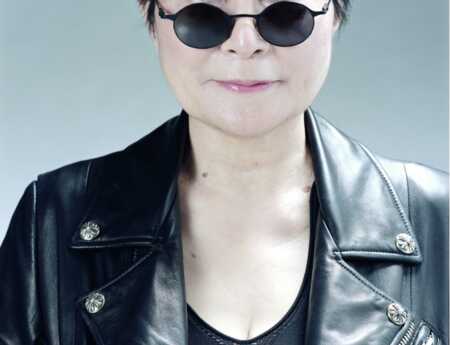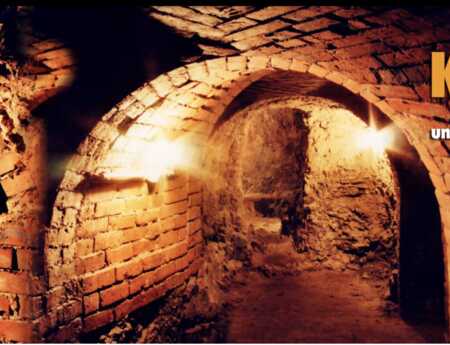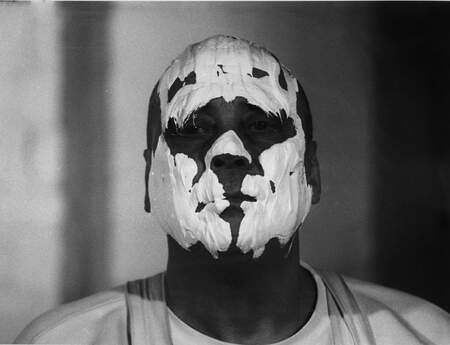The Brno House of Arts
Malinovského sq. 2
60200 Brno
Tschechien
Uncertain Domesticities
The international exhibition Uncertain Domesticities is a collaboration between the House of Arts Brno, the Berlin-based gallery Haus Kunst Mitte and the Berliner Asyl der Kunst Stiftung Foundation. Two of these institutions have the word "house" in their names, and the diversity of images and meanings of "house" and "housing" in contemporary art has become one of the cornerstones of this project. It was initiated by the Italian curator and multimedia artist Alba D'Urbano and the German painter and curator Ina Bierstedt. The exhibition was first presented in January this year in Berlin, is now on view in Brno and will be held in 2026 at the Museo Bilotti in Rome.
The exhibition presents works by a total of 27 artists, mostly living in Germany and the Czech Republic. It offers a variety of artistic media, from sculptures, installations, objects and paintings to videos and photographs. What is also remarkable, however, is the wide range of content that this universal, age-old theme currently brings. In Berlin, the exhibition concept responded to the character of Haus Kunst Mitte, a former apartment building. In Brno, it works with the generous and aesthetically strong space of the House of Arts and the history of the local architecture. In the exhibition we encounter works that thematise domesticity and uncertainty, and also the intimate sphere of human body as a quasi-home for the soul is represented.
The exhibition refers to Franz Xavier Baier's thesis of "living space", an extended concept of architecture that includes events and processes that inscribe themselves as traces in matter. The concept is also based on Gaston Bachelard's text The Poetics of Space, which expresses the author's assumption that the feeling of "home" is not necessarily linked to a specific object, environment or place to spend the night, but rather to an emotional attachment to a place or cultural space.
Another important source of inspiration for Uncertain Domesticities is the explicitly feminist exhibition Womanhouse by artists Judy Chicago and Miriam Schapiro, held at the California Institute of the Arts in 1972. Here, the two artists and their students created a groundbreaking installation that thematized and exposed stereotypical roles for women. For the exhibition, the curator selected works that dealt with the experienced, supposedly biologically determined connection between "home" and "woman" that was formulated and reinforced during industrialization. Or works that thematise the gendered violence that predominantly affects women in the private sphere, i.e. in spaces that are supposed to offer them safety and security. She was also inspired by the text of Virginia Woolf, who in her 1929 essay “A Room of One's Own” exposed the everyday disadvantage of women, emphasizing the importance of one's own room, which she considered as important as financial and intellectual independence for the development of the creative spirit.
Some of the works in the exhibition Uncertain Domesticities refer to the body as our most intimate home. They point to our vulnerability and existential connection to our environment, as well as to the archetypal image of the body as the - temporary - dwelling place of the soul. The artists address the complex issue of sustainable future of the world and attempt to highlight the potential for change. Their works cover a broad spectrum: they illuminate external structures such as planning and construction, as well as the sphere of intimacy, domesticity or security. The exhibition also includes works that touch on traumatic experiences and their transmission across generations or the sadness of the impossibility of return. They point out that the absence of a sense of security and background in a private, familiar space is an everyday reality for many people.
Some of the works on display relate to the history of architecture, which is always an expression of political conditions. After all, the internal and external form of the House of Art was co-shaped by political constellations from the very beginning. The artistic solution of the exhibition, carried by a colour concept designed specifically for its halls, takes this into account.
Housing is a basic existential need of every human being. Each of us can relate to this thesis with our own experience and immerse ourselves in the multitude of memories that the artists activate through the exhibition.
The exhibition is held under the auspices of the Governor of the South Moravian Region Jan Grolich and the Mayor of the City of Brno Markéta Vaňková.
We would like to thank the Czech-German Future Fund for its foundation contribution.
We would also like to thank Respekt magazine for its media support.
Open Tuesday to Sunday 10am-6pm, extended opening hours until 8pm on Wednesdays.


